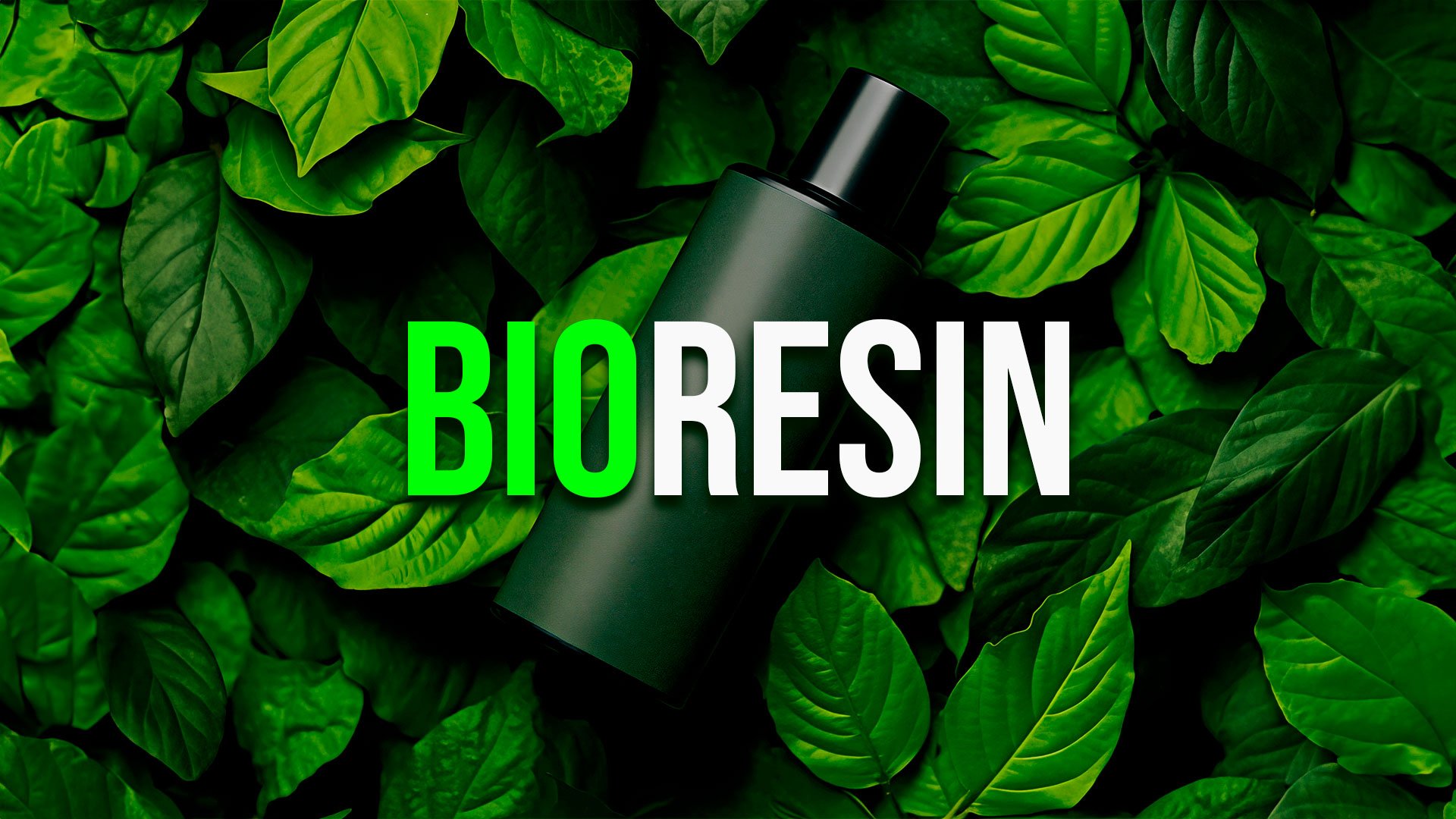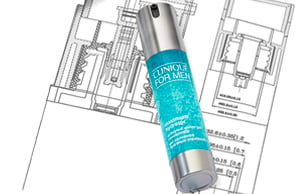The cosmetic industry is increasingly embracing sustainability, with brands exploring eco-friendly alternatives for packaging materials. While biomaterials hold promise in reducing environmental impact, their integration into cosmetic packaging is not without challenges. In this blog, we'll explore why biomaterials face hurdles in cosmetic packaging and the complexities involved in making them a viable choice for the industry.

Limited Durability and Shelf Life:
Biomaterials, often derived from natural sources, may lack the durability required for cosmetic packaging. The beauty industry demands packaging that not only preserves the product's quality but also withstands various environmental conditions. Biomaterials, in some cases, may degrade or break down over time, compromising the integrity of the packaging and potentially impacting the product inside.
Variability in Sourcing and Supply:
The availability and consistency of biomaterials can be challenging to maintain. Unlike synthetic materials, which offer uniform properties, biomaterials can vary in composition based on climate, soil conditions, and harvest cycles. This variability poses logistical challenges for cosmetic brands in ensuring a standardized and reliable supply chain for packaging materials.
Cost Implications:
While the demand for sustainable packaging is growing, the production costs associated with biomaterials can be higher than traditional alternatives. This financial aspect becomes a significant consideration for cosmetic brands, especially when striving to balance sustainability goals with economic viability. Brands may face challenges in adopting biomaterials without passing on the increased costs to consumers.
Limited Design Flexibility:
Biomaterials may have limitations in terms of design flexibility and functionality compared to synthetic alternatives. Cosmetic packaging often involves intricate designs, shapes, and features that enhance user experience. The constraints of biomaterials may hinder the ability to achieve the desired aesthetic and functional elements that are essential for cosmetic packaging.
Biodegradability Challenges:
While the idea of biodegradable packaging is appealing, the conditions required for effective biodegradation may not align with typical disposal methods. Cosmetic packaging often ends up in landfills or recycling systems, where the specific conditions needed for biomaterials to decompose optimally may not be present. This challenges the practicality of relying solely on biodegradability as a solution.
While the cosmetic industry is actively seeking sustainable alternatives, the incorporation of biomaterials into packaging is a complex process fraught with challenges. The delicate balance between environmental responsibility, product protection, cost-effectiveness, and design flexibility necessitates careful consideration. As technology and research advance, there may be breakthroughs that address these challenges. Still, currently, the cosmetic industry continues to navigate the complexities of integrating biomaterials into packaging while striving to meet both ecological and practical demands.








